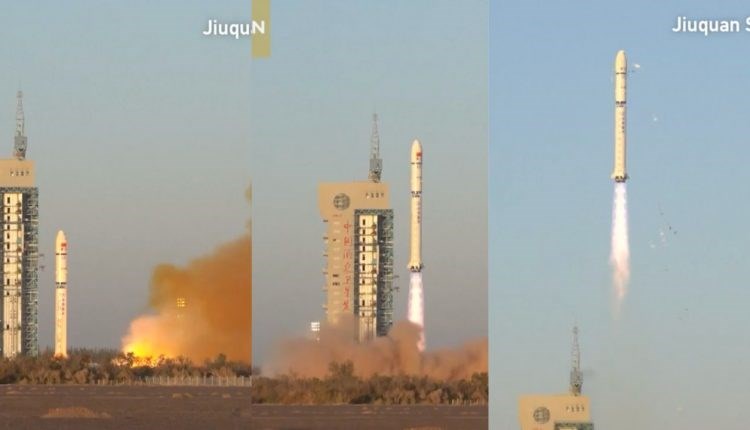China launches the Kuafu-1 on a mission to observe the Sun
In a mission that'll last four years, Kuafu-1 will observe the Sun 720 kilometers from above the Earth's surface.
-

The moment of takeoff for the Kuafu-1.
China has launched its first solar observatory, called Kuafu-1, named after a Chinese mythology giant who sought to capture and tame the Sun, according to the China Aerospace Science and Technology Corporation (CASC).
The launch took place at 7:43 am local time on Sunday, blasting off from the Jiuquan Satellite Launch Center in northwestern China, using the Long March-2D carrier rocket, according to CASC, revealing that the Kuafu-1, or the Advanced Space-based Solar Observatory (ASO-S), successfully went into orbit.
Kuafu-1 will observe the Sun 720 kilometers from above the Earth's surface, and will study how the Sun's magnetic field creates energetic emissions.
The mission will last four years.
Read next: Wentian module docks: China's space station nears completion
In June, China launched a rocket with three astronauts on board a mission to accomplish the construction of a new space station in its latest bid at technological advancement in space.
The vessel carrying the astronauts was launched into space from a Long March-2F rocket from the Jiuquan launch center in China's Gobi desert, according to state broadcaster CCTV.
The team is set to spend six months expanding the Tiangong space station, which is expected to become fully operational by the end of 2022. China has landed a rover on Mars and sent probes to the moon.
Read more: China's Space Capabilities Developing at 'Twice the Rate' of US

 2 Min Read
2 Min Read








